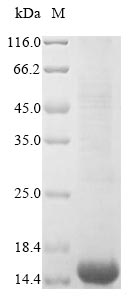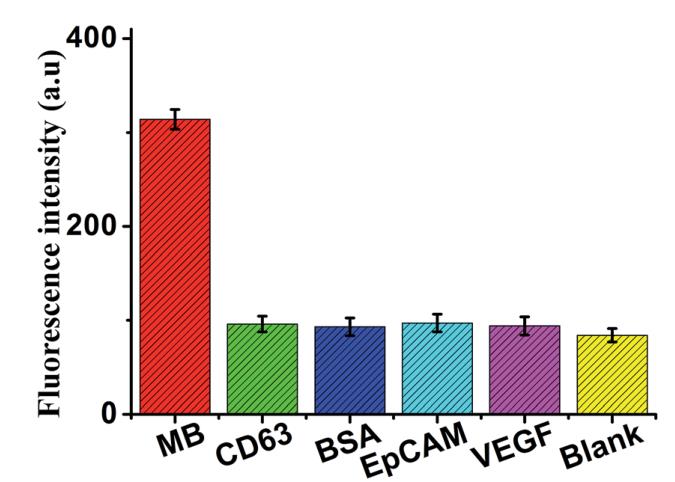The DNA coding sequence translated into the human CD63 protein sequence (103-203aa) was fused with the N-terminal 6xHis tag sequence to form the recombinant DNA, which was inserted into an expression vector. The reconstructed expression vector was transformed into the E.coli for follow-up expression. The product underwent purification to obtain the recombinant human CD63 protein with N-terminal 6xHis tag. The SDS-PAGE analysis determined its purity higher than 85%. After electrophoresis, a 15 kDa protein band was observed on the gel.
CD63 is a gene encoding a protein named CD63 antigen (also known as LAMP-3 or Tspan-30) in human and belongs to Tetraspanin (TM4SF) family. CD63 is mainly associated with membranes of intracellular vesicles. A study has reported exosomal markers CD63 and CD9 are elevated in pancreatic tumor tissues. In this study, authors have indicated that CD63 is a critical player in LMP1 exosomal trafficking and LMP1-mediated enhancement of exosome production and may play further roles in limiting downstream LMP1 signaling. Furthermore, emerging evidence demonstrated CD63 tetraspanin slows down cell migration and translocates to the endosomal-lysosomal-MIICs route after extracellular stimuli in human immature dendritic cells.







